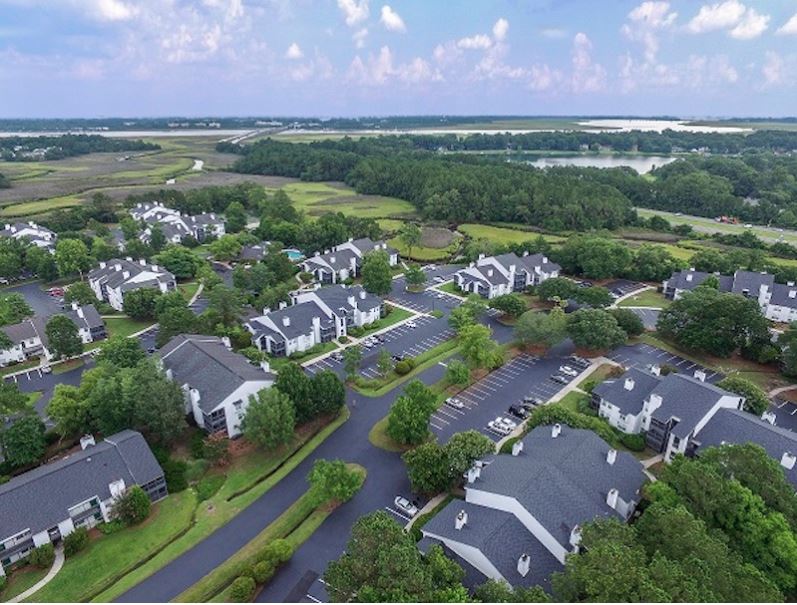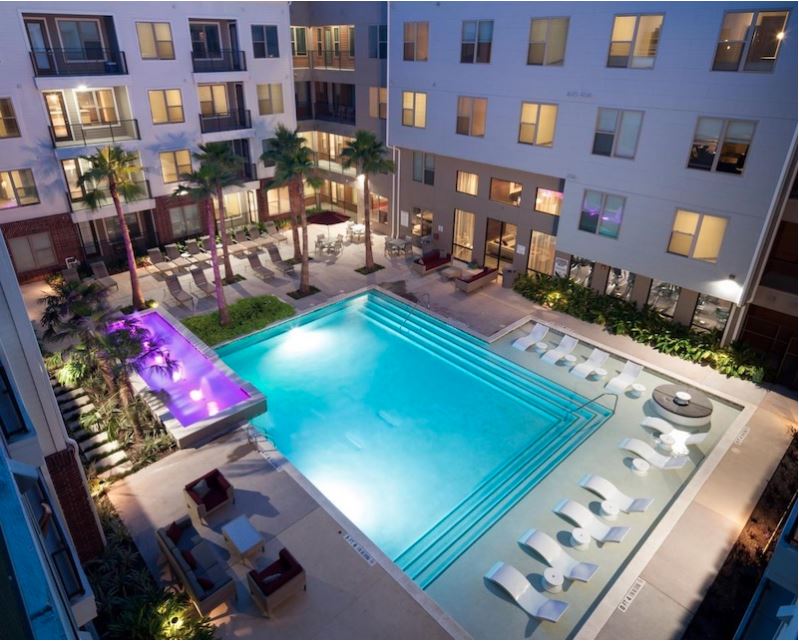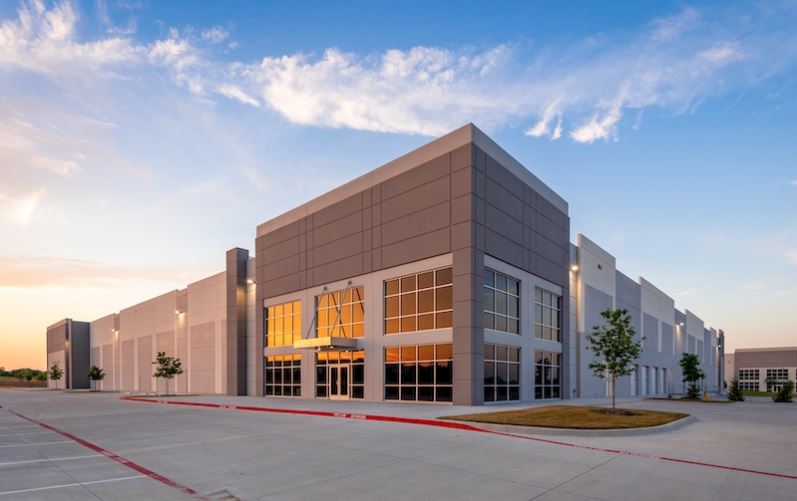Retail is constantly evolving, and businesses have to remain agile to meet the ever-changing demands of collective consumerism.
It’s no longer about the product, but the customer and businesses are relying on both a strong online presence and strategically located brick-and-mortar shops to drive sales.
Some retailers treat their physical locations like marketing space, enticing customers who then return home to buy their products online. Others are focusing on ship-to-store and enhanced delivery options — both options that have flourished since the start of the pandemic.
Omnichannel is not only the key to success in today’s climate, but it’s necessary for survival. In fact, it’s likely that it will become the new normal. Elan Rasansky, Principal at ARC Real Estate Group, said it’s all about the consumer experience, driven, in part, by platforms like Instagram and TikTok.
E-commerce and digital marketing have grown exponentially over the years, but ultimately, the modern consumer desires a brand relationship that goes beyond the digital sphere. No matter which way you shake it, the trends boil down to humans’ desire for connection, both online and in-person — especially on the tail-end of COVID-19.
Experiential retail is at the center of it all. People are looking for restaurant-tainment. Ambiance. Their next shareable photo. The full package is especially demanded by today’s consumer. Businesses that offer unique, energetic experiences have the upper hand.
“If you’re a local bar, you must have something to Instagram,” Rasansky said. “Consumers are obsessive, and they’re always looking for the ‘wow’ factor. If a brand doesn’t connect with the consumer, they’ll suffer.”
Chicago has plenty of examples of experiential shopping: Near North Side’s Starbucks Reserve Roastery, Old Town’s Lululemon and Lakeview’s 2D Restaurant, are a few.
But this doesn’t mean people will shy away from e-commerce-related habits. Experts saw a sharp increase in online activity that has since leveled but is expected to climb steadily, and although foot traffic is expected to increase, that doesn’t guarantee an in-store purchase, according to Brandon Isner, Americas Head of Retail Research at CBRE.
“That’s truly an omnichannel purchase,” Isner said, “using the brick-and-mortar frame to establish contract with a representative before returning home to make the purchase online.”
COVID-19 did not change the face of retail, but it did give the market an extra push in the direction it was already headed. Companies are still figuring it out. Brands, for example, are getting smarter with limited-edition releases in stores while still catering to the mass market by offering their collection pieces online.
“It would have slowly trended this way regardless,” Rasansky explained. “People created new behavioral habits with their routine schedules. You were having coffee and surfing Instagram. You were having lunch in your apartment and surfing Instagram. It’s sped up the process by a few years, but we were already headed in this direction.”
Omnichannel, itself, is already evolving to satisfy needier demands. Some brands have tapped into the Metaverse to further enrich the consumer experience. Virtual worlds are built like video games, bridging the gap between digital and physical reality.
“It’s not just a game anymore,” Isner said. “You can shop in a store in the Metaverse. Not just a store within the game, but an official store run by a brand. There’s already advertising for retailers in that space. You can not only buy things for your avatar, but you can buy things for yourself.”
Isner compares the experience to Spielberg’s Ready Player One.
According to Glossy, Greyscale Investments estimated the Metaverse to be a trillion-dollar revenue opportunity, and a Gartner Report predicted that 25% of people will spend at least one hour a day in the Metaverse to work, shop, attend school, socialize or consume entertainment by 2026.
This might seem farfetched, but an article by Retail Prophet said COVID-19 “has only accelerated our collective imagination around the creation of an alternate reality where one can interact in real-time, at any time, with others and have shared experiences.” We see it today, on a small scale, with brands like Sephora, Nike’s RTFKT, Gucci Garden, Mesh for Microsoft Teams —Wendy’s has a Twitch presence.
This, of course, will only satisfy consumers for so long. But where is the ceiling? These are important points to consider.
It’s still just a minuscule piece of the retail space, and some remain skeptical, but there’s a lot of activity, and it continues to gain traction — $54 billion is spent on virtual goods in the Metaverse every year.








